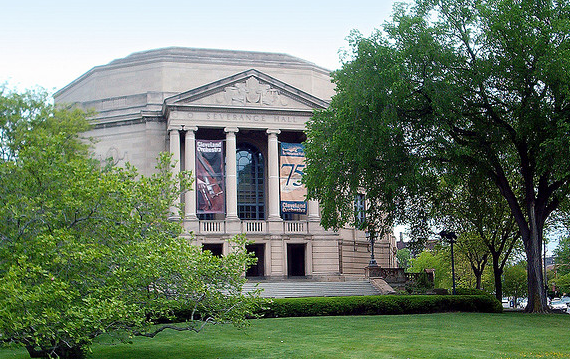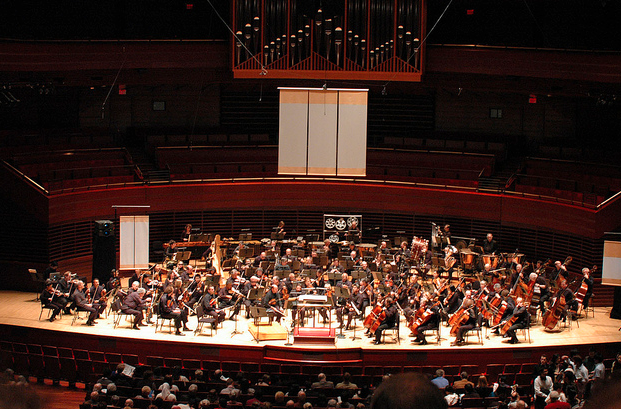The 112-year-old Philadelphia Orchestra, one of the “Big Five” world-class orchestras in the U.S. and performer in Disney’s original Fantasia film, has recently emerged from bankruptcy. Citing severe fiscal problems such as rapidly growing pension payments, the orchestra became the first major orchestra in the country to file for bankruptcy when it did so in April of last year.
Despite much ensuing criticism lobbed at the orchestra’s corporate body, the decision has allowed the orchestra to renegotiate contracts with musicians, keep its home at the Kimmel Center and continue the Philly Pops program.
The story of the Philadelphia Orchestra isn’t unique. Dozens of orchestras around the country have folded, and many more face declining revenues and increasing costs. The century-old Honolulu Symphony folded in 2010, followed by the Syracuse Orchestra last year.
One obvious scapegoat is a generational one. Many orchestras worry as they see their primary audiences grow gray-haired. Meanwhile, young people aren’t making up enough of the difference. One possible explanation for this is that music education has been slashed across the country, cutting a major way classical music can be introduced to young people.
However, it may not just be changing tastes in music: Classical music survived through generations of big band, jazz and swing. The fates of these orchestras, interestingly enough, seem very much tied to their home cities.
A key example is the Cleveland Orchestra, also a member of the Big Five (which includes the New York Philharmonic, Boston Symphony Orchestra and the Chicago Symphony Orchestra) and regarded as one of the finest ensembles not just in the U.S., but worldwide. Their home, Severance Hall, is regarded as one of the most beautiful art-deco structures in the country, and the orchestra has a close relationship with the Cleveland Institute of Music — a conservatory often regarded on the same level as The Juilliard School.
Once a very powerful industrial city along Lake Erie and a jewel of the Midwest, Cleveland has become known derisively as “the mistake by the lake.” And as the city lost residents, the Orchestra has similarly struggled, having resorted to recordings and international and domestic tours as its basis of operation.

Severance Hall, home to the Cleveland Orchestra, is an example of the money that used to flow through Cleveland. Credit: Heidi Blanton on Flickr
Another example is Rochester, N.Y. The state’s third-largest city is home to Eastman Kodak, once the most recognizable supplier of photographic supplies, now been largely relegated to the history books since the advent of digital technology (which Kodak actually helped invent). Kodak founder George Eastman donated money for the University of Rochester to create a conservatory in his name – the Eastman School of Music, also regarded as one of the top conservatories in the country.
Though the city has managed do surprisingly well in spite of losing Kodak, the Rochester Philharmonic Orchestra has had to adapt to survive, changing content and style as well as watching its finances very carefully — especially after seeing its counterpart in nearby Syracuse go under.
Is it possible that the fate of our orchestras is tied more to the fate of our cities than to the preferences of our ears? While some cities have come back from the brink, bringing with them great orchestras like the New York Philharmonic (and raising new ones like the Los Angeles Philharmonic), smaller, regional cities have been left struggling along with their orchestras. And to survive, orchestras like Philadelphia’s will have to not only keep their heads above water, but reinvent themselves just as recovering cities have done.
















